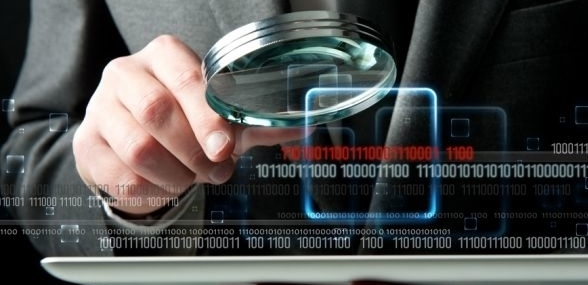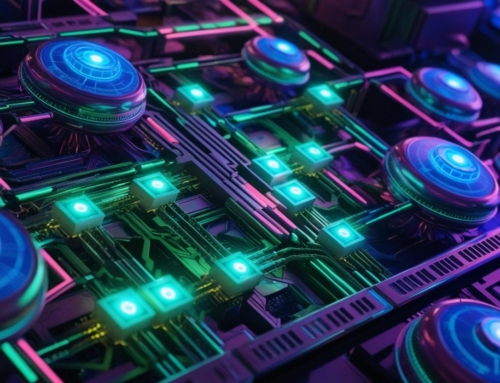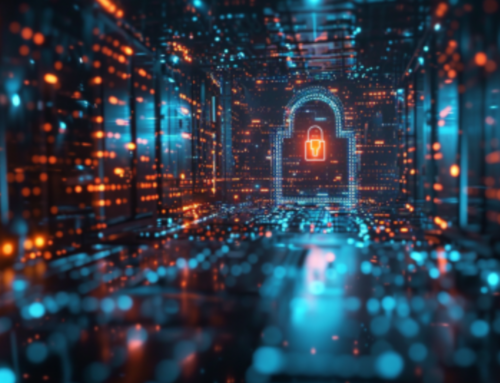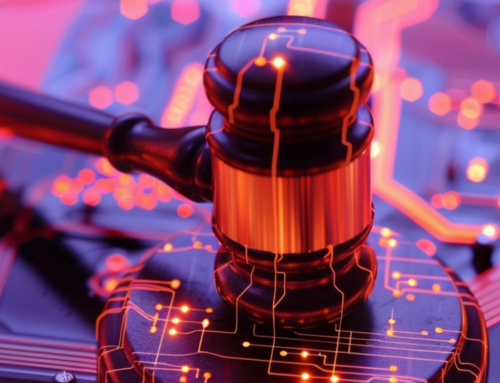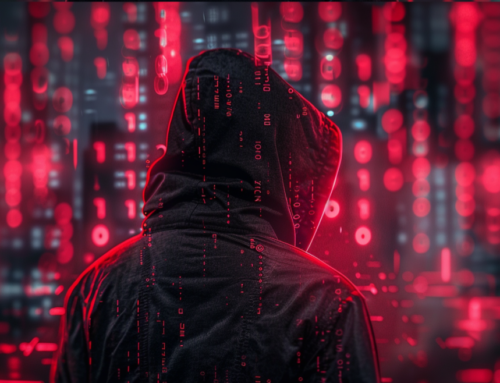A competent practice of computer forensics and awareness of applicable laws is essential for today’s networked organizations. This page will discuss the need to understand how computer forensics fits as a strategic element in overall organizational computer security. Network administrators and other computer security staff need to understand issues associated with computer forensics.
What is Computer Forensics?
Forensics (literally “to bring to the court”) means is the process of using scientific knowledge for collecting, analyzing, and presenting evidence to the courts. Forensics deals primarily with the recovery and analysis of latent evidence. These latent evidence can take many forms.
Because computer forensics is a new discipline, there is little standardization and consistency across the courts and industry. As a result, it is not yet recognized as a formal “scientific” discipline. We define computer forensics as the discipline that combines elements of law and computer science to collect and analyze data from computer systems, networks, wireless communications, and storage devices in a way that is admissible as evidence in a court of law.
Why is Computer Forensics Important?
From a technical standpoint, the main goal of computer forensics is to identify, collect, preserve, and analyze data in a way that preserves the integrity of the evidence collected so it can be used effectively in a legal case.
Adding the ability to practice sound computer forensics will help you ensure the overall integrity and survivability of your network infrastructure. Understanding the legal and technical aspects of computer forensics will help you capture vital information if your network is compromised and will help you prosecute the case if the intruder is caught. You can help your organization if you consider computer forensics as a new basic element in what is known as a “defense-in-depth” (“Defense in depth is designed on the principle that multiple layers of different types of protection provide substantially better protection”) approach to network and computer security.
If you ignore computer forensics or practice it badly, you risk destroying vital evidence or having forensic evidence ruled inadmissible in a court of law. Also, you or your organization may run afoul of new laws that mandate regulatory compliance and assign liability if certain types of data are not adequately protected.
Computer forensics is also important because it can save your organization money. Many managers are allocating a greater portion of their information technology budgets for computer and network security. International Data Corporation (IDC) reported that the market for intrusion-detection and vulnerability-assessment software will reach 1.45 billion dollars in 2006. In increasing numbers, organizations are deploying network security devices such as intrusion detection systems (IDS), firewalls, proxies, and the like, which all report on the security status of networks.
Typical aspects of a computer forensics investigation?
First, those who investigate computers have to understand the kind of potential evidence they are looking for in order to structure their search. Crimes involving a computer can range across the spectrum of criminal activity, from child pornography to theft of personal data to destruction of intellectual property. Second, the investigator must pick the appropriate tools to use. Files may have been deleted, damaged, or encrypted, and the investigator must be familiar with an array of methods and software to prevent further damage in the recovery process.
Two basic types of data are collected in computer forensics:
– Persistent data: is the data that is stored on a local hard drive (or another medium) and is preserved when the computer is turned off.
– Volatile data: is any data that is stored in memory, or exists in transit, that will be lost when the computer loses power or is turned off. Volatile data resides in registries, cache, and random access memory (RAM). Since volatile data is ephemeral, it is essential an investigator knows reliable ways to capture it.
System administrators and security personnel must also have a basic understanding of how routine computer and network administrative tasks can affect both the forensic process (the potential admissibility of evidence at court) and the subsequent ability to recover data that may be critical to the identification and analysis of a security incident.
Legal Aspects of Computer Forensics
Anyone overseeing network security must be aware of the legal implications of forensic activity. Security professionals need to consider their policy decisions and technical actions in the context of existing laws. For instance, you must have authorization before you monitor and collect information related to a computer intrusion. There are also legal ramifications to using security monitoring tools. Computer forensics is a relatively new discipline to the courts and many of the existing laws used to prosecute computer-related crimes, legal precedents, and practices related to computer forensics are in a state of flux. New court rulings are issued that affect how computer forensics is applied. The important point for forensics investigators is that evidence must be collected in a way that is legally admissible in a court case. Increasingly, laws are being passed that require organizations to safeguard the privacy of personal data. It is becoming necessary to prove that your organization is complying with computer security best practices. If there is an incident that affects critical data, for instance, the organization that has added a computer forensics capability to its arsenal will be able to show that it followed a sound security policy and potentially avoid lawsuits or regulatory audits.
If system administrators possess the technical skills and ability to preserve critical information related to a suspected security incident in a forensically sound manner and are aware of the legal issues related to forensics, they will be a great asset to their organization. Should an intrusion lead to a court case, the organization with computer forensics capability will be at a distinct advantage.
Author: Produced 2008 by US-CERT, a government organization. Updated 2008; https://www.us-cert.gov/sites/default/files/publications/forensics.pdf
Photo: https://www.google.it/search?q=computer+forensics&tbm=isch&tbs=rimg:CemZwQW0n-VvIjgilOs1kWSmikTE5aG2eHMjSY5FxZlhN3Odnsz3W9IJ4up76ePj4NC5g7CDtg_1JDi8TeH7SYMz8HyoSCSKU6zWRZKaKESe-j00IDzKWKhIJRMTlobZ4cyMRUmKmSv0DioAqEglJjkXFmWE3cxHFxZ9gHOC2uyoSCZ2ezPdb0gniEekQ3vCgign1KhIJ6nvp4-Pg0LkRPZkPmX6ExSAqEgmDsIO2D8kOLxGAdfV_10plq2SoSCRN4ftJgzPwfEZzc_1HaAT0Kh&tbo=u&sa=X&ved=2ahUKEwi9hYmt6Y7aAhXDEVAKHfnFDPkQ9C96BAgAEBg&biw=1897&bih=861&dpr=1.69#imgrc=IpTrNZFkpor_TM:

